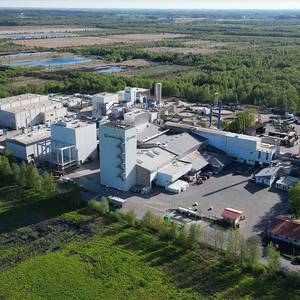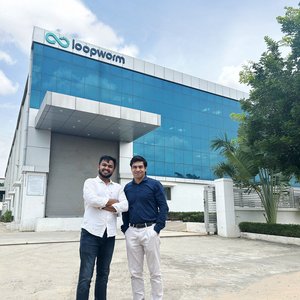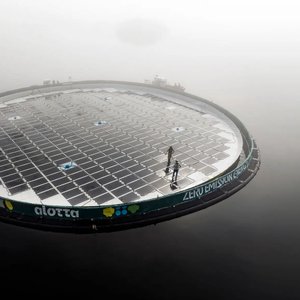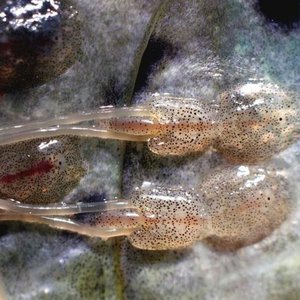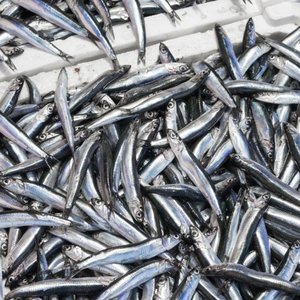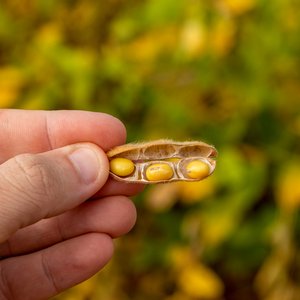At the 46th Annual General Meeting of FEFAC, the European Compound
Feed Manufacturers’ Federation, FEFAC, President Mr.Yves Montecot stressed that “the current crisis of the poultry and pig meat markets and record low milk prices clearly indicate the need for efficient measures to give a new boost to EU livestock production.”
“In such a state of crisis, we are dismayed that the package of proposals regarding the CAP mid-term review and the EU position on agriculture for the negotiations at WTO level offer no perspective for the future development of livestock production.”
Mr. Montecot recalled that the success of the two previous CAP reforms (Mac Sharry ’92 and Agenda 2000) to a large extent resulted from the livestock sector’s improved competitiveness achieved by the stepwise reduction of the cereal intervention prices.
“However, the current proposals tabled at the Council of Ministers are completely silent regarding any efficient measures to enable livestock producers to offset rising production costs arising from the implementation of increasingly stringent standards for food & feed safety, animal welfare and environment. Under such conditions, how can they resist the often unfair competition from third-country product imports whose internal market access is ruled by the WTO?”
“Should EU farm Ministers continue to ignore these pressures, particularly in the EU pig and poultry sectors, which are not entitled to EU aid payments, the EU livestock sector is doomed to disappear over the long term in a large number of European regions. This would have a negative consequence on the balance of the cereal markets, because the livestock sector is the major consumer of home-grown cereals. It would also have an adverse impact upon rural development.”
Feed Production down in 2002
In 2002, compound feed production for the EU-15 (Greece and Luxembourg excluded)
reached 124.9 million tones (mt), a decrease by almost 1.5 mt compared to 2001 production. A further 0.9 mt, representing the estimated production of Luxembourg and Greece, need to be added to obtain a complete picture of the compound feed production in the EU-15.
The production of the major feed categories dropped equally by approximately 1%, thus confirming the expected general downturn which follows several years of stability. However, important differences remain between production trends in Member States.
As regards the major feed category, i.e. pig feed, the most significant development was registered in Spain (+0.3 mt, i.e. 4% more than in 2001). Over the last 6 years, the Spanish pig feed production grew up by almost 50% and became the leading producer country, representing now almost 20% of the EU pig feed production.
On the other hand, the production in The Netherlands which 4 years ago was still the most important in the EU, dropped dramatically by 13% in 2002 to reach a volume of 5.1 mt, i.e. 2 mt less than in 1998.
The UK has been suffering from the combined impact of stricter national welfare rules for pig production and the strong currency, losing 30% of its production of pig feed in 3 years time.
Poultry feed production decreased also in 2002 compared to 2001 (-1.8%). This development results from the increasing competition from third countries products on both the world and the EU markets, which affects mainly traditional exporting countries such as France.
Cattle feed production fell down by 1%, varying between –7% in The Netherlands and +9% in Ireland, illustrating the significant production swings, not only between Member States but also over time within Member States.
Overall, the trends in EU countries in 2002 are comprised in a range between –9% for The Netherlands to +7% for Ireland.
Outlook for 2003
According to forecast by FEFAC experts, cattle feed production should decrease again by almost 2% in 2003. Pig feed production is expected to decrease by 1% whereas the severe market crisis amplified by the new outbreak of Avian Influenza in The Netherlands, Belgium and Germany should further depress poultry feed production (-3% at least). Overall, the EU compound feed production could contract by another 1-2% in 2003 compared to 2002.
FEFAC, the European Compound Feed Manufacturers’ Federation, represents 15 national Associations in 14 EU Member States as well as Associations from the Czech Republic, Poland, Switzerland, Norway and Cyprus with observer/associate member status. The European compound feed industry employs over 85,000 persons on app. 4,000 production sites often in rural areas, which offer few employment opportunities.
Farm animals in the EU consume an estimated 400 mt a year, of which 125 mt are produced by the compound feed manufacturers in approximately 3,300 production units.
Turnover of the European compound feed industry is estimated at € 31 billion.
Advertisement


